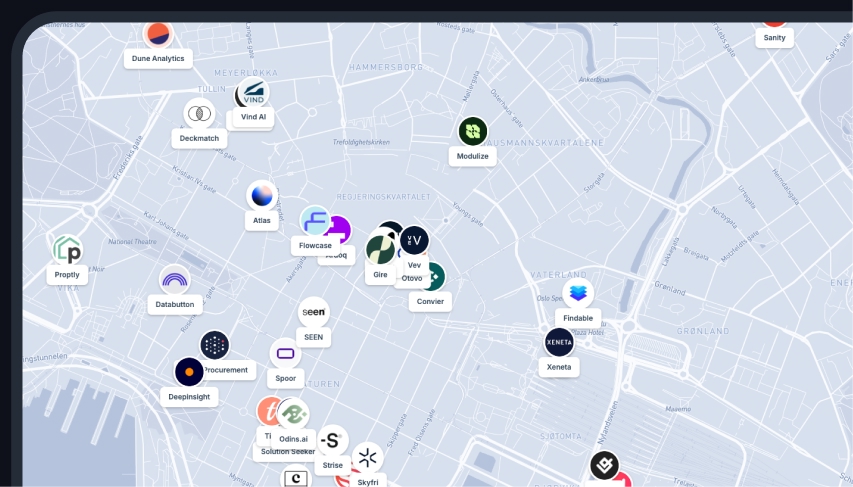Geocoding
Definition
Geocoding is a computational process that transforms a postal address or place name into spatial data that can be displayed as features on a map, typically by associating the text with a pair of latitude and longitude coordinates. It is a crucial aspect of geographic information systems (GIS), which require spatial identifiers such as addresses, ZIP codes, cities, or counties in order to perform spatial analysis. The output of geocoding – a map with plotted locations – enables users to visually perceive patterns, understand context, or manage resources.
What is Geocoding?
Geocoding, at its core, is assigning geographic identifiers to data so it can be displayed or used in a geographic information system (GIS). It is the means by which we are able to take text-based descriptions of locations and convert them into geographic coordinates, which can then be used for spatial analysis. This process is crucial in many areas, for example, real estate companies might use it for locating properties, city planners for designing public transportation routes, and non-profits for identifying areas in need of services.
Overall, geocoding turns data into insights by creating a clear visualization of complex patterns. For example, it could show where people with a certain disease live, display crime trends, or give businesses insight into the best locations for a new store, among other things.
Work faster with spatial data
Easily import data, automate analysis and build spatial apps for the web, all within a single software.
FAQs
What are the main uses of geocoding?
Geocoding is used across a variety of fields for a myriad of purposes. It is critical for real estate and urban planning, emergency and disaster response, marketing and business decision making, social and health services, transportation planning and routing, and environmental planning and management.
What types of data can be geocoded?
In theory, any data that is location-specific can be geocoded. This includes addresses, place names, postal codes, and administrative areas, among others. Essentially, if a place can be described, then it can be geocoded.
What are common methods of geocoding?
Common methods of geocoding include address interpolation and area centroid. Address interpolation involves estimating the location of an address along a known length of a street. Area centroid generates coordinates for the center point of a clearly described area, like a ZIP code or a city.
Can geocoded data be inaccurate?
Yes, geocoded data can be inaccurate. Errors can stem from a variety of sources, such as incorrect input data, outdated datasets, variations in street naming and house numbering, errors in the underlying spatial data, and the inherent limitations of the geocoding process.
